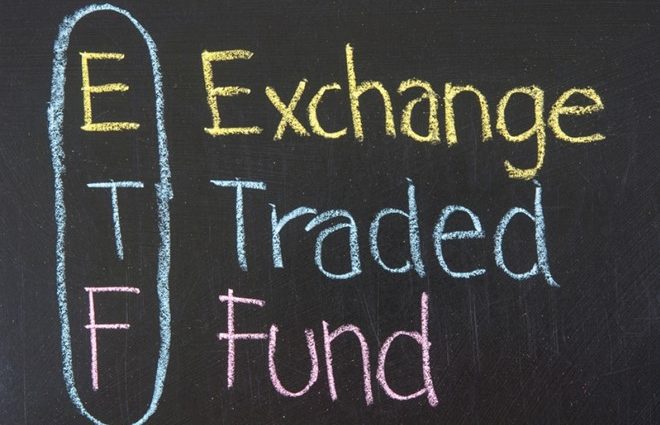TLI Staff
New Delhi: It’s hard to miss Shikhar Dhawan explaining exchange-traded funds( ETFs) and why an investment in an ETF is akin to making your ‘dream team’. Dhawan espouses ETFs and mutual funds are the ‘right’ way to invest in almost every ad break between the ongoing matches of Indian Premier League (IPL).
But is this investment advice valid?
As per AMFI (Association of Mutual Funds of India) data, as on 30th September 2020, the net total assets under management (AUM) under ETFs stood at Rs 2,05,324 crore in around 28 lakh portfolios in 83 schemes.
And when it comes to gold-based ETFs, the net total assets under management stood at Rs 13,589 crores in around 11 schemes and 7,59,207 portfolios.
Exchange-traded funds or ETFs have seen a sudden growth spurt over the last year. But what are ETFs? Imagine you’re standing in front of a mirror. Your actions and gestures will reflect directly in the mirror, right? In other words, the “mirror” is an exact copy of the “real” you. Now imagine you are an index- Sensex or Nifty. Your reflection, or the ‘mirror’ you are the ETFs.
ETFs consists of a basket of securities that imitates the index movement- this index can either be BSE Sensex 30 or Nifty 50. ETFs mirror the benchmark index, which means that your ETF returns will be similar to the performance of these indices.
There are two major ETF offerings in India- Nifty 50 ETF, modelled on the NSE Nifty index, which covers mid-cap and large-cap companies and the Sensex 30 ETF- which is based on BSE Sensex and covers large-cap companies.
ETFs have seen a 30-times growth in their volumes in the last five years. But many retail investors still remain wary about investing here, given the nascency and limited levels of awareness around this instrument.
Even though ETFs come with the promise of low expense ratios, sometimes as low as 0.05% and the negligible threat of index tracking errors, the Indian ETF market did not catch momentum until 2015, despite the first ETF product being introduced in 2001.
But in the absence of a large number of reasonable investors, the Indian ETF market trades at huge premiums or discounts, which is unnatural and unsustainable, explains Dhirendra Kumar, CEO, Value Research in one of his recent articles on this topic
Low Returns
ETFs returns over the last five years have not been good. Consider this. As on 17th October 2020, the three year returns of the HDFC Nifty ETF stood at 5.91%. These returns are almost at par with the SBI’s three year fixed deposits (FD) returns of 5.30%.
HDFC Sensex performed better than its NSE counterpart, registering a three year return of 8.17%. However, when compared to HDFC Gold exchange-traded funds, which have a three-year return of 17.91%, even Sensex ETFs fall pale.
Despite this, Pulkit Lalwani, an avid trader, believes strongly in ETF investing. “You can buy and sell easily with ETFs and your funds return to the account instantly. Even mutual funds mark their yardstick to Nifty returns, so why not invest directly in ETFs and save the high cost paid to mutual funds?”
Safe Bet
Even Dr. A Sharma (name changed) , a personal finance expert believes that ETFs are easy to understand and are least expensive out of all mutual fund categories. He also recommends that every new investor should put at least some portion of their investible corpus in ETFs.
But for the risk loving trader Shivam Srivastava, though, ETFs are extremely safe bets that don’t fall into his area of consideration. “My father has some ETFs in his portfolio, but I think of them as extremely safe and generating low returns”, he says.

